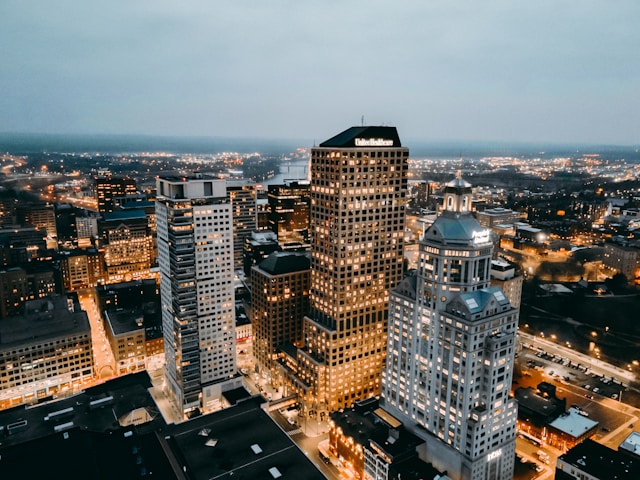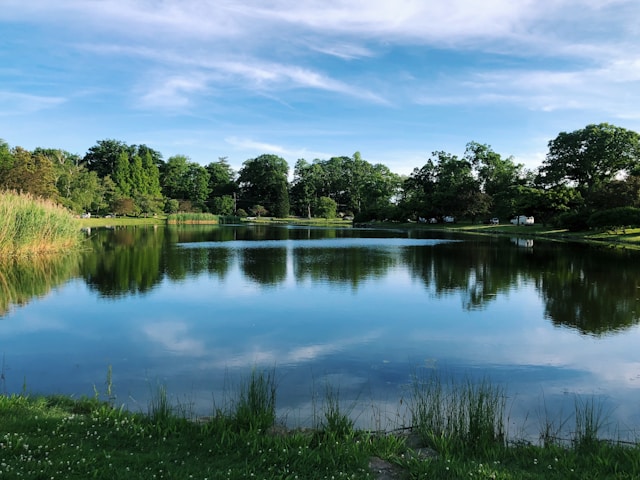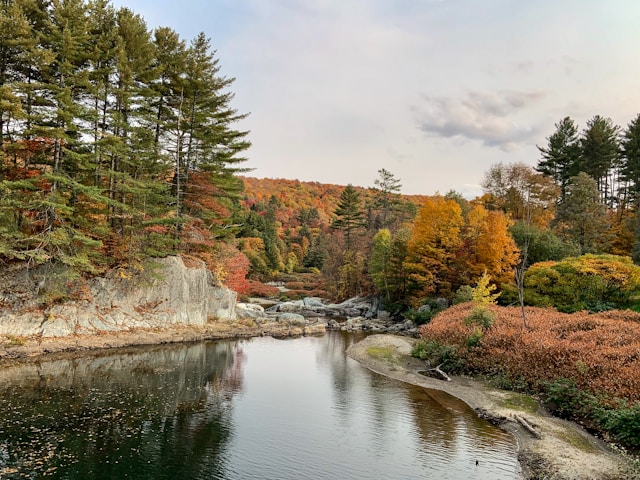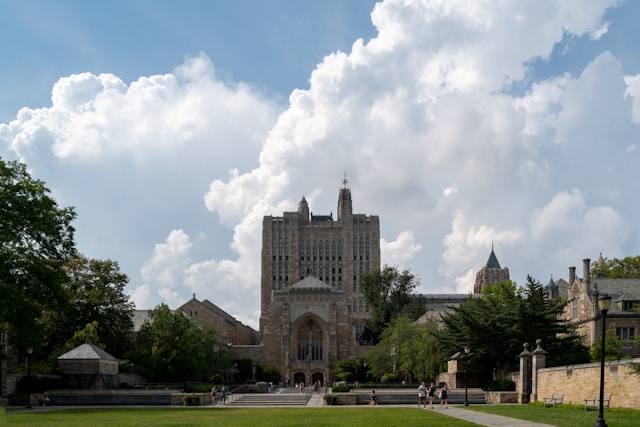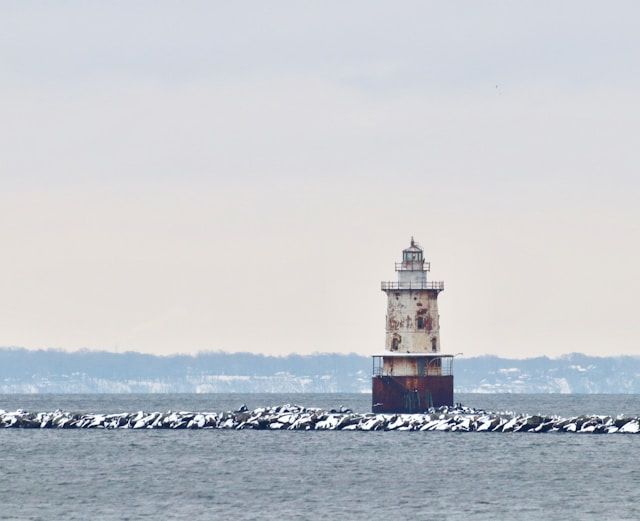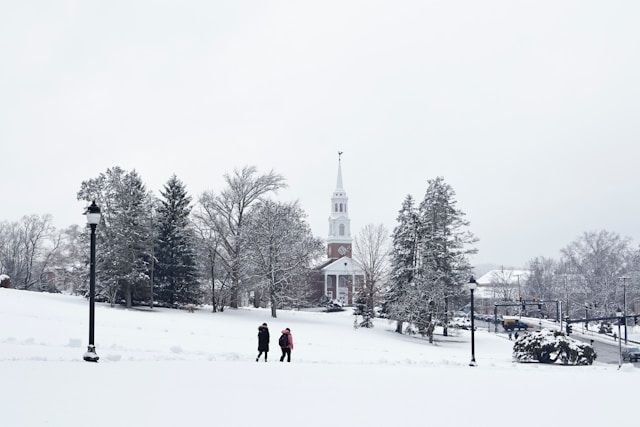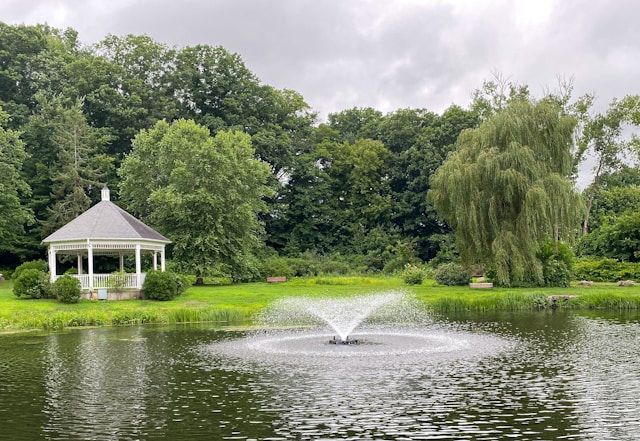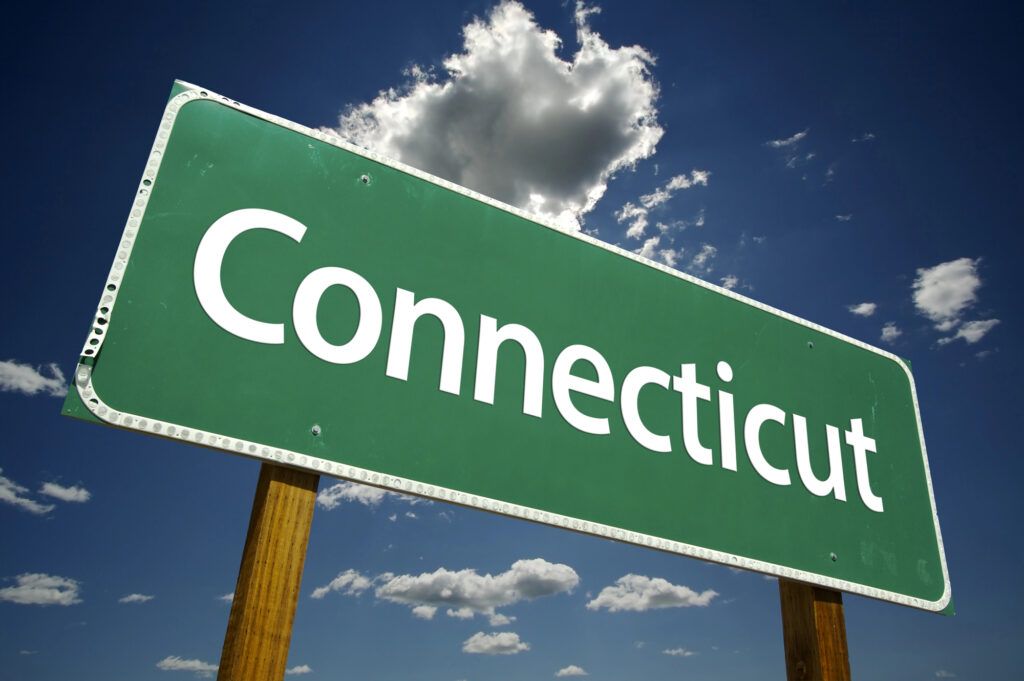Connecticut lawmakers are clashing over how to tackle a stubborn environmental problem: sewage overflows into the Connecticut River. This issue has Republicans pointing at upstream Massachusetts towns, while Democrats urge everyone to keep things in perspective.
What’s really at stake? The health of our river, the safety of local communities, and the future of public infrastructure in every town and city along the water’s path.
Explore top-rated stays with no booking fees and instant confirmation. Your dream trip starts here!
Start Exploring Now
Political Divide Over Connecticut River Sewage Overflow
The debate really picked up when Rep. Tami Zawistowski of Suffield and Rep. Devin Carney of Old Lyme asked the U.S. Environmental Protection Agency to look into complaints about raw sewage drifting downstream into Connecticut. They say cities like Springfield and Holyoke in Massachusetts are polluting the river by dumping untreated waste during storms.
Democrats push back, saying most overflow events involve stormwater mixed with a much smaller amount of untreated sewage. Heavy rain can overwhelm old combined sewer systems, which date all the way back to the 19th century, and that’s when these discharges happen.
The History of Combined Sewer Systems in Connecticut
Connecticut once had 13 combined sewer systems. After decades of work, that number dropped to just four: Hartford, Norwich, Bridgeport, and New Haven.
Since the early 1990s, the state has poured more than $5.3 billion into updating wastewater systems, separating stormwater from sewage, and trying to protect river life.
Current Overflow Impact and Ongoing Projects
Still, big challenges remain. In 2024 alone, Connecticut’s combined systems dumped roughly 1.2 billion gallons of wastewater into the environment.
Hartford stands out, responsible for nearly 797 million gallons. It’s a major source of the river’s water quality headaches.
To fight this, a huge $500 million project is underway in South Hartford. The plan? Build a four-mile-long tunnel to store excess stormwater until it can be treated.
Officials expect the tunnel to be ready next year. If all goes well, it should cut down on overflow incidents in a big way.
Massachusetts Efforts and Regional Cooperation
Upstream, Massachusetts cities like Springfield and Holyoke have put $15.2 million into sewer separation projects. Their goal is to keep more untreated sewage out of the Connecticut River before it crosses the state line.
Connecticut lawmakers still can’t agree on who’s really at fault. But most admit—maybe a little begrudgingly—that working together regionally is the only way to find lasting fixes.
Environmental Concerns Beyond the River
Environmental advocates warn that the problem doesn’t stop at the riverbank. Even diluted sewage can cause real trouble for health and local ecosystems.
Too much nitrogen and bacteria from untreated waste can trigger nasty algae blooms, wreck habitats, and threaten water quality in Long Island Sound.
Towns like Middletown, Essex, and Rocky Hill—all perched along the Connecticut River—feel these environmental hazards up close. Public health officials say contaminated river water can mess with recreation, fishing, and even municipal drinking water sources.
Calls for Public Notification Systems
Advocates want Connecticut to roll out an electronic alert system to notify people when sewage overflows happen. Boaters, swimmers, and waterfront businesses could use these alerts to take precautions.
Plus, an alert system would offer a little more honesty about just how often and how severe these incidents really are.
- Four Connecticut cities—Hartford, Norwich, Bridgeport, and New Haven—still have combined sewer systems.
- In 2024, Hartford accounted for nearly 797 million gallons of wastewater overflow.
- A $500 million storage tunnel in South Hartford is expected to be completed next year.
- Massachusetts cities like Springfield and Holyoke are undertaking $15.2 million in sewer upgrades.
- Environmental risks include algae blooms, nitrogen pollution, and bacterial contamination.
- Communities along the river, from Middletown to Essex, are impacted.
- Advocates are pushing for an electronic public notification system.
- State investments since the 1990s total more than $5.3 billion.
Conclusion
Connecticut’s fight against sewage overflow isn’t just political. It’s about protecting public health and keeping our natural resources intact.
Take Hartford, for example. Their big tunnel project is moving forward, and they’re teaming up with Springfield and Holyoke to tackle the issue together.
But for towns like Norwich, Bridgeport, Middletown, and Rocky Hill, the problem still feels urgent. The Connecticut River runs through it all—a real lifeline for the state—and honestly, it deserves our best shot at keeping it clean for the future.
Here is the source article for this story: Connecticut River sewer overflows: Breaking down the problem
Find available hotels and vacation homes instantly. No fees, best rates guaranteed!
Check Availability Now


